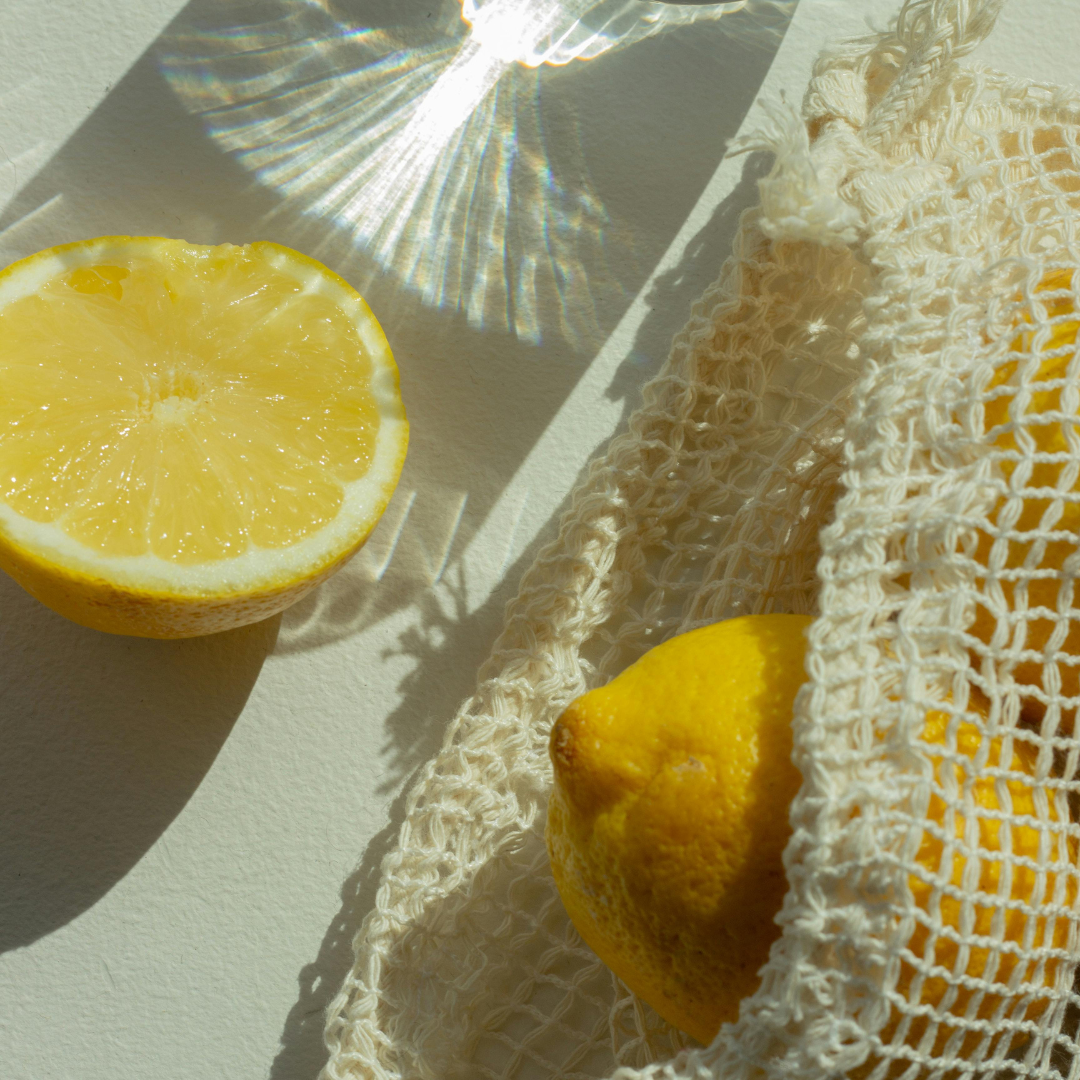Food Dyes and Our Health: What Parents and Adults Need to Know
From rainbow-coloured lollies to brightly iced cakes, food dyes are everywhere. They make our food look fun and appealing—but what happens when we eat them? More parents and adults are beginning to question the long-term effects of artificial food colouring on health, especially when it comes to children.
What Are Food Dyes?
Food dyes are added to foods and drinks to make them more vibrant. They’re especially common in:
-
Soft drinks and sports drinks
-
Breakfast cereals
-
Lollies and chewing gum
-
Packaged snacks
-
Baked goods and icings
While natural food dyes (like beetroot powder or turmeric) exist, many processed foods still rely on artificial dyes such as Red 40, Yellow 5, and Blue 1.
Why Kids Are More at Risk
Children are often the biggest consumers of foods with artificial colours, and research has linked some dyes to potential behavioural and health concerns:
-
Hyperactivity & attention issues – Several studies suggest artificial dyes may worsen hyperactive behaviour in children, especially those with ADHD.
-
Allergic reactions – Some dyes have been connected to rashes, hives, or asthma symptoms in sensitive kids.
-
Digestive sensitivity – Artificial additives can sometimes irritate young digestive systems.
Because kids’ bodies are still developing, they can be more sensitive to chemical additives compared to adults.
Health Concerns for Adults
Adults aren’t immune to the effects of artificial dyes either. Regular consumption may contribute to:
-
Migraines or headaches in people sensitive to additives.
-
Potential links to long-term health risks, as some dyes have been questioned for their safety in lab studies.
-
Inflammation and gut irritation, which can affect overall wellbeing.
While most dyes are considered “safe” in small amounts by food regulators, many people choose to avoid them simply to reduce unnecessary chemical intake.
Natural Alternatives Are Growing
The good news is that the food industry is slowly shifting. More brands are replacing artificial dyes with natural colourings from:
-
Beetroot (reds and pinks)
-
Spirulina and butterfly pea flower (blues and purples)
-
Turmeric and saffron (yellows)
-
Carrot or paprika (oranges)
And if you’re baking at home, natural colours are easy to use—plus you know exactly what’s going into your family’s food.
What Can Parents and Adults Do?
-
Read labels carefully – Look out for numbers like 102, 110, 122, 129, 133 (common food dyes).
-
Choose dye-free alternatives – Many brands now offer additive-free snacks and drinks.
-
Cook and bake at home – Use natural colourings to keep food fun without the chemicals.
-
Watch for reactions – If you notice hyperactivity, skin rashes, or headaches after coloured foods, consider cutting back.
The Bottom Line
Bright colours may look exciting, but artificial food dyes don’t come without risks—especially for children. By being aware of what’s in our food, we can make healthier choices and still enjoy colour on our plates through natural alternatives.


